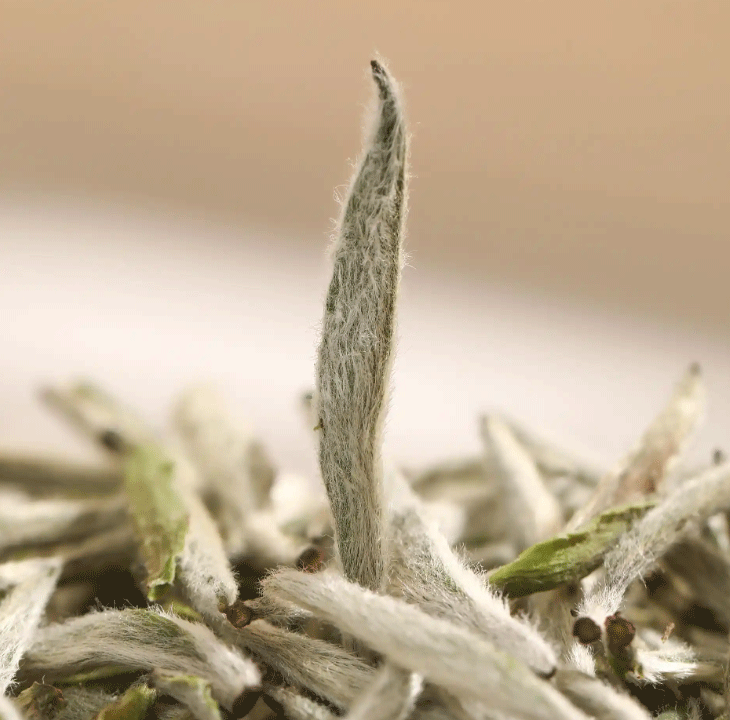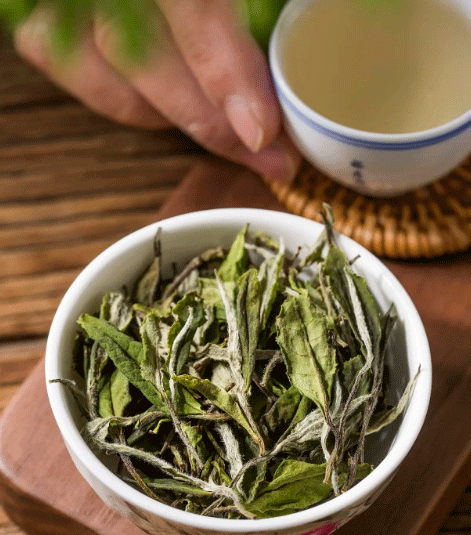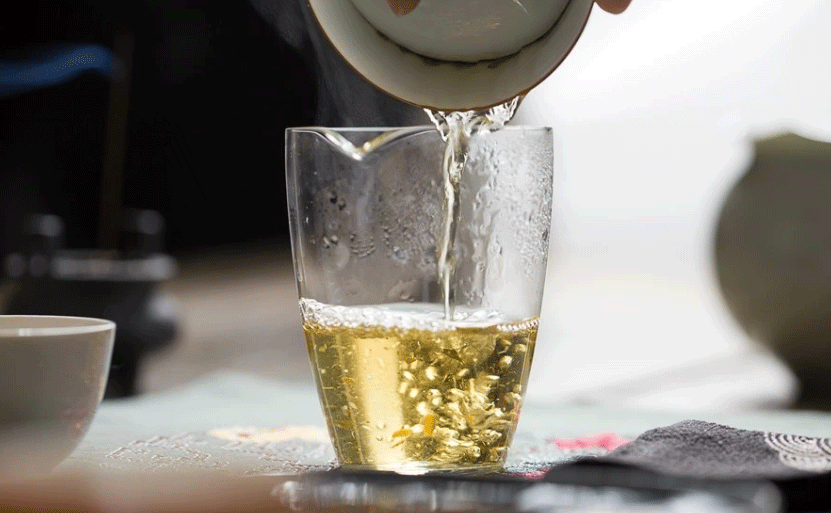The Rising Demand for White Tea in Europe
In recent years, Europe has witnessed a surge in health-conscious consumers seeking natural remedies and wellness beverages. Among these, white tea has emerged as a favorite due to its delicate flavor and numerous health benefits. However, many enthusiasts face challenges in brewing the perfect cup, often resulting in a less-than-satisfying experience.
Understanding White Tea: What Makes It Unique?
White tea, known for its minimal processing, retains a high concentration of antioxidants and polyphenols. This makes it a potent beverage for boosting immunity and promoting overall health. The most prized variety, Silver Needle (Baihao Yinzhen), is made exclusively from young tea buds, offering a light, sweet flavor.
Common Challenges in Brewing White Tea
- Temperature Sensitivity: White tea requires precise water temperaturesto prevent bitterness.
- Steeping Time: Oversteeping can lead to astringency, while understeeping may result in a weak brew.
- Quality of Leaves: Using low-grade leaves can compromise flavor and health benefits.
How to brew white tea to give it the best taste?
The key is to choose high-quality white tea
Choose Silver Needle, White Peony, or Shou Mei varieties from reputable suppliers. Look for leaves that are whole, unbroken, and have a silvery appearance, indicating freshness and quality.
We have selected some high quality and affordable white teas in the store, click to buy if you want.
A Step-by-Step Guide to Brewing White Tea Perfect for Beginners
1. Brewing Baihao Yinzhen (Silver Needle)
Characteristics: Plump buds covered in silvery-white hairs, fresh and subtly sweet.
- Water Temperature: 85-90°C (for young tea) to 100°C (for aged tea over 5 years).
- Teaware: Glass cup or lidded gaiwan (ideal for observing the “silver needles dancing in water”).
- Pouring Method: Gently pour water along the vessel’s inner wall to avoid disturbing the buds and clouding the tea soup.
- Steeping Time:
- First 3 infusions: 10-15 seconds.
- Subsequent infusions: Increase by 5-10 seconds per brew.
- Can last over 10 infusions.
- Tip: Retain 1/3 of the tea soup before refilling water to maintain flavor consistency.

2. Brewing Bai Mudan (White Peony)
Characteristics: One bud with 1-2 leaves, balancing floral aromas and mellow richness.
- Water Temperature: 90-95°C (young tea) to 100°C (aged tea over 5 years).
- Teaware Recommendations:
- Lidded Gaiwan: Use 5g of tea for a 150ml gaiwan.
- First infusion: 15 seconds.
- Later infusions: Add 5 seconds per brew.
- Glass Teapot: Great for group sessions. Use a “circular pouring” technique to evenly soak the leaves.
- Lidded Gaiwan: Use 5g of tea for a 150ml gaiwan.
- Notes:
- Aged Bai Mudan cakes pair well with Yixing clay teapots (softens the tea’s texture).
- Older Bai Mudan can also be boiled for a deeper flavor.

3. Brewing Shou Mei/Gong Mei
Characteristics: Mature leaves with bold, earthy flavors; ideal for boiling.
- Standard Brewing:
- Water: 95-100°C.
- Tea-to-Water Ratio: 1:20 (e.g., 5g tea for 100ml water).
- Steeping Time: First 3 infusions (quick pours), later infusions (30+ seconds).
- Boiling Method:
- Cold Water Start: Add 5g tea to 500ml cold water. Bring to a boil, then simmer for 3 minutes (creates a rich, date-like aroma).
- Brew First, Boil Later: After 5-6 infusions in a gaiwan, transfer leaves to a pot with boiling water and simmer 1-2 minutes.
- Best For: Aged Shou Mei cakes (medicinal aroma) in autumn/winter.
4. Brewing Aged White Tea Cakes (3+ Years)
Characteristics: Develops notes of dried dates and herbs; highly resilient to multiple infusions.
- Yixing Clay Teapot Method:
- Capacity: 200ml teapot with 7-10g tea.
- Steps:
- Preheat the pot with boiling water.
- Quickly rinse leaves twice.
- First infusion: 30 seconds. Increase steeping time by 10 seconds per brew.
- Traditional Simmering:
- Tea-to-Water Ratio: 1:150.
- Process: Place tea and cold water in a clay jar, then simmer in a larger pot for 10 minutes (enhances herbal depth).
5. Creative Brewing Methods
- Cold Brew:
- Recipe: 3g Bai Mudan or Silver Needle + 300ml mineral water. Refrigerate for 4 hours (crisp and naturally sweet).
- Easy Office Brew:
- Strainer Cup: Use 3-4g tea. Pour hot water, steep 10-30 seconds, then press the strainer to separate leaves.
General Principles of How to Brew White Tea
- Ratios:
- Gaiwan: 1g tea per 20ml water.
- Boiling: 1g tea per 150ml water.
- Cold Brew: 1g tea per 100ml water.
- Water Quality: Soft water (e.g., spring water) preserves clarity and flavor.
- Awakening Tea: Rinse aged tea leaves 1-2 times with boiling water to “awaken” their essence.
Final Tip: Experiment with different methods to discover your preferred flavor profile. Adjust based on the tea’s age, type, and personal taste!

Health Benefits of White Tea
- Rich in Antioxidants: Combats free radicals and reduces inflammation.
- Supports Weight Loss: Enhances metabolism and fat oxidation.
- Promotes Heart Health: Lowers cholesterol and blood pressure.
- Improves Skin Health: Delays aging signs and maintains skin elasticity.
Customer Case Study: Embracing White Tea in Berlin
Anna, a wellness coach in Berlin, incorporated white tea into her daily routine. She reported increased energy levels, improved digestion, and a noticeable glow to her skin. By sourcing high-quality Silver Needle tea and following precise brewing techniques, Anna transformed her health and inspired her clients to do the same.
Frequently Asked Questions (FAQs)
Q1: Can I add sweeteners to white tea?
A1: While white tea has a naturally sweet flavor, you can add honey or agave syrup if desired.
Q2: How should I store white tea?
A2: Store in an airtight container, away from light, moisture, and strong odors to preserve freshness.
Q3: Is white tea caffeine-free?
A3: White tea contains low levels of caffeine, making it suitable for most individuals.
Q4: Can I reuse white tea leaves?
A4: Yes, high-quality white tea leaves can be steeped multiple times, with each infusion offering a unique flavor profile.
Conclusion: Elevate Your Wellness Journey with White Tea
Mastering the art of brewing white tea can significantly enhance your wellness routine. By selecting premium leaves, adhering to precise brewing techniques, and understanding its health benefits, you can enjoy a soothing and health-promoting beverage.
Explore our curated selection of premium white teas at TanbiWencha, and embark on a journey towards better health and relaxation.
About the Author:Alan, a senior Chinese tea appraiser, comes from a small family tea company in China. He has been engaged in the tea industry for 20 years



